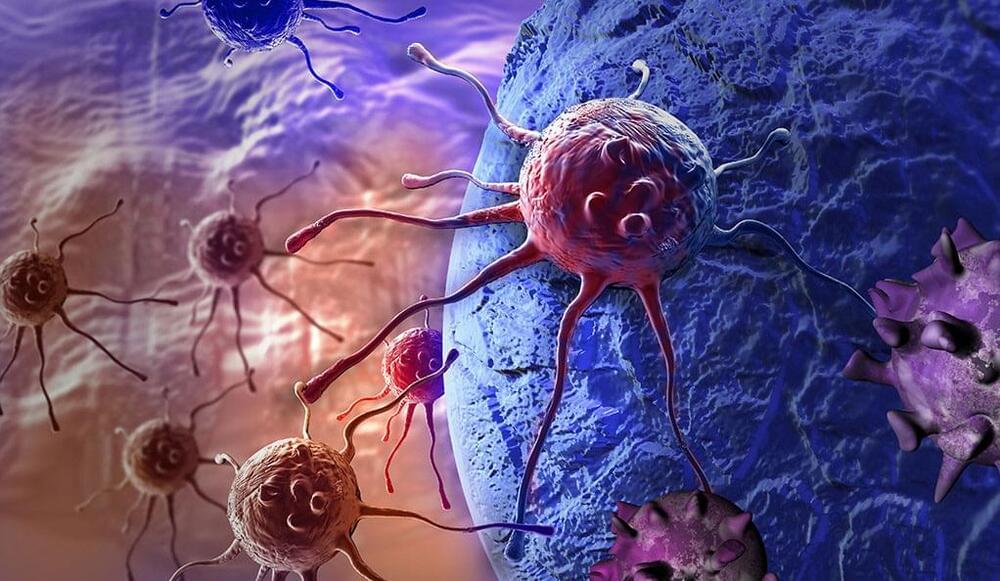For many years, the human genome was seen as a book of life, with passages of remarkable eloquence and economy of expression intermingled with long stretches of nonsense. The readable areas carried the instructions for producing cell proteins; the other regions, which accounted for around 90% of the overall genome, were disregarded as junk DNA
DNA, or deoxyribonucleic acid, is a molecule composed of two long strands of nucleotides that coil around each other to form a double helix. It is the hereditary material in humans and almost all other organisms that carries genetic instructions for development, functioning, growth, and reproduction. Nearly every cell in a person’s body has the same DNA. Most DNA is located in the cell nucleus (where it is called nuclear DNA), but a small amount of DNA can also be found in the mitochondria (where it is called mitochondrial DNA or mtDNA).
